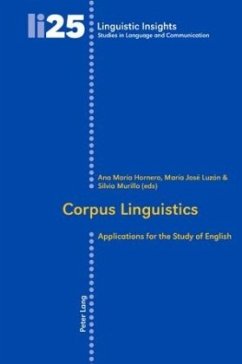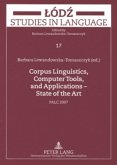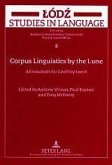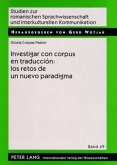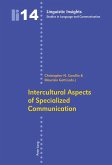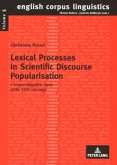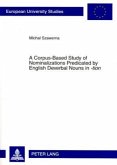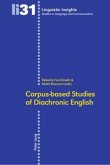The aim of this volume is to present a state-of-the-art view on corpus studies. This collection of papers, presented at the XII Susanne Hübner Seminar in November 2003 at the University of Zaragoza, comprises both quantitative and qualitative analyses and studies on both written and oral corpora. Structured in seven sections, the book covers a wide range of approaches and methodologies and reflects current linguistic research. The papers have been written by scholars from a large number of universities, mainly from Europe, but also from the USA and Asia.
The volume offers contributions on diachronic studies, pragmatic analyses and cognitive linguistics, as well as on translation and English for Specific Purposes. The book includes several papers on corpus design and reports on research on oral corpora. At a more specific level, the papers analyse aspects such as politeness issues, dialectology, comparable corpora, discourse markers, the expression of evidentiality and writer stance, metaphor and metonymy, conditional sentences, evaluative adjectives, delexicalised verbs and nominalization.
The volume offers contributions on diachronic studies, pragmatic analyses and cognitive linguistics, as well as on translation and English for Specific Purposes. The book includes several papers on corpus design and reports on research on oral corpora. At a more specific level, the papers analyse aspects such as politeness issues, dialectology, comparable corpora, discourse markers, the expression of evidentiality and writer stance, metaphor and metonymy, conditional sentences, evaluative adjectives, delexicalised verbs and nominalization.
"By way of a general evaluation it must be said that this is a perfect example of a state-of-the-art volume in which the communion between applied discourse analysis and CL is fully brought up. As the editors point out, the papers presented 'give an idea of the great variety of topics which characterize the present state of the art in the research on Corpus Linguistics' (p.11). I find no better compliment than this which is to be understood as an enthusiastic recommendation of this volume. I am sure readers will find in it sufficient food for thought to open up new areas of research in the field of CL." (Jordi Piqué-Angordans, Ibérica)

